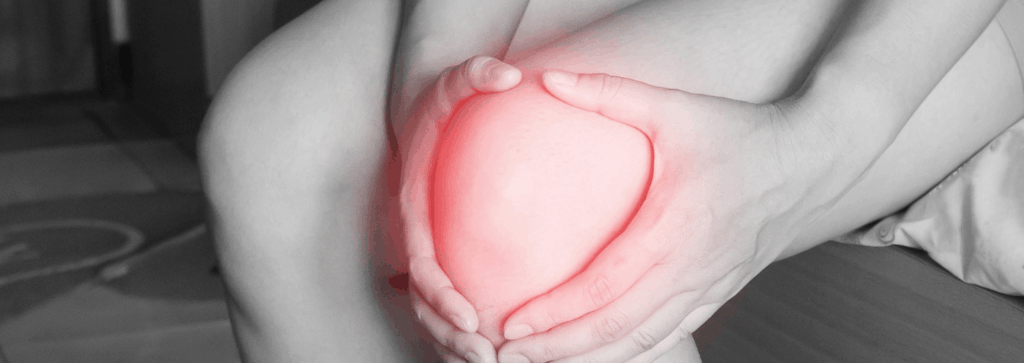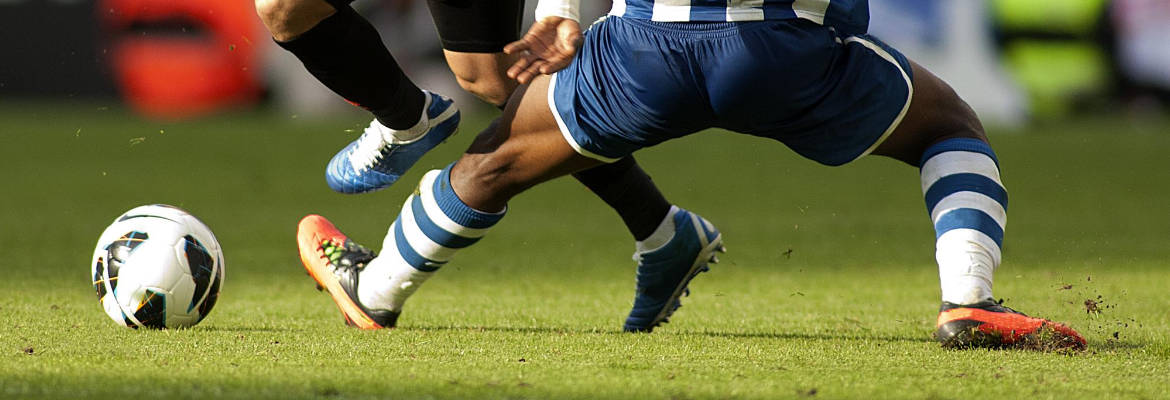Kirsty Prior provides us with this fantastic blog about the lastest on warming up for a run and how to do a dynamic warmup for running, and why a dynamic warmup is better than static stretching.
How to get your body ready and raring to go for your next run – dynamic warmup!
It’s important to warm the body up and get it ready for action prior to any athletic activity. Running is no different.
When you were a youngster undertaking school PE, you would have had the importance of doing static stretching in your warm-up ingrained into you.
Over time the views about the best type of warm up for athletes have certainly changed. A more dynamic warm up approach is often seen on sporting grounds around the world.
So why is a dynamic warmup now preferred over static stretching – and why is it relevant to runners?
We know that static stretching can help improve flexibility in muscles, but do we actually need improved flexibility in our muscles prior to running?
When you run, you actually don’t go in to very extreme positions of stretch, and in actual fact some degree of muscle stiffness can be of benefit.
Think of the analogy of your leg muscles acting like a slinky or a spring. When you run, you want your slinky to bend, but also to have some stiffness to store energy to spring back and help propel you forward efficiently.
If the slinky is too flexible or floppy, then it won’t spring back and won’t help to propel us forward.
We also used to think that stretching would help prevent injuries. However, recent running research tells us that it doesn’t have the effect on reducing injury risk that we once thought it did.
Having said this, it is important that if you have been assessed to have a particular muscular tightness or asymmetry, you need to do static stretches. This is best done after a run or in between, rather than in your warm up.
So what should we be doing?
Well, if you are going out for an easy paced run, simply gradually increasing your pace is usually enough. For higher intensity runs or speedwork sessions, a dynamic warm up is certainly recommended. An ideal warm up for runners could include the following –
1) 5-10 minutes of walking or slow paced run to begin
2) Dynamic stretches – leg swings, calf marching, walking lunges, small single leg squats
3) Running drills/ Strides
Click here to check out a video that we made to show you from start to finish.
So, on your next run have a try of a dynamic warm up. It may just be the missing link to making your feel stronger and faster!














